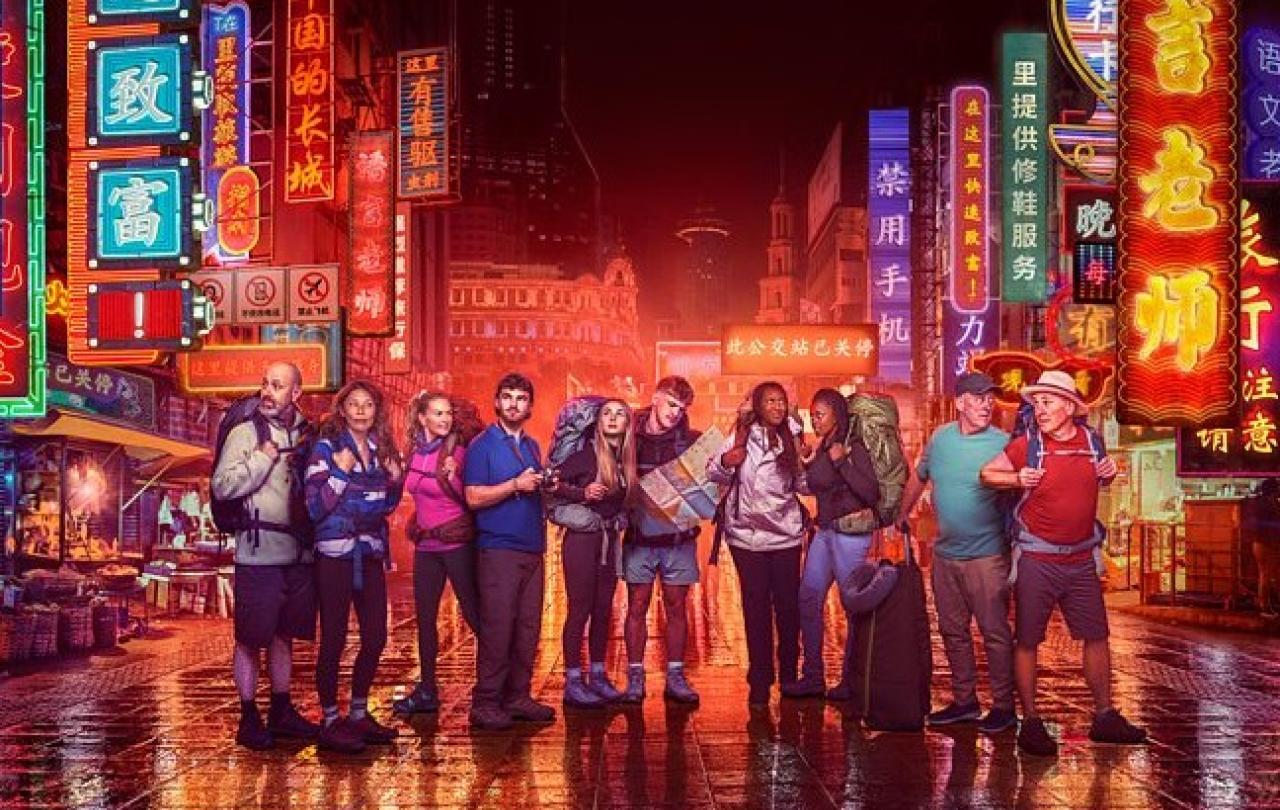
On average, students with surnames beginning in the letters A-E get higher grades than those who come later in the alphabet. Good looking people get more favourable divorce settlements through the courts, and higher payouts for damages. Tall people are more likely to get promoted than their shorter colleagues, and judges give out harsher sentences just before lunch. It is clear that human judgement is problematically biased – sometimes with significant consequences.
But imagine you were on the receiving end of such treatment, and wanted to appeal your overly harsh sentence, your unfair court settlement or your punitive essay grade: is Artificial Intelligence the answer? Is AI intelligent enough to review the evidence, consider the rules, ignore human vagaries, and issue an impartial, more sophisticated outcome?
In many cases, the short answer is yes. Conveniently, AI can review 50 CVs, conduct 50 “chatbot” style interviews, and identify which candidates best fit the criteria for promotion. But is the short and convenient answer always what we want? In their recent publication, As If Human: Ethics and Artificial Intelligence, Nigel Shadbolt and Roger Hampson discuss research which shows that, if wrongly condemned to be shot by a military court but given one last appeal, most people would prefer to appeal in person to a human judge than have the facts of their case reviewed by an AI computer. Likewise, terminally ill patients indicate a preference for doctor’s opinions over computer calculations on when to withdraw life sustaining treatment, even though a computer has a higher predictive power to judge when someone’s life might be coming to an end. This preference may seem counterintuitive, but apparently the cold impartiality—and at times, the impenetrability—of machine logic might work for promotions, but fails to satisfy the desire for human dignity when it comes to matters of life and death.
In addition, Shadbolt and Hampson make the point that AI is actually much less intelligent than many of us tend to think. An AI machine can be instructed to apply certain rules to decision making and can apply those rules even in quite complex situations, but the determination of those rules can only happen in one of two ways: either the rules must be invented or predetermined by whoever programmes the machine, or the rules must be observable to a “Large Language Model” AI when it scrapes the internet to observe common and typical aspects of human behaviour.
The former option, deciding the rules in advance, is by no means straightforward. Humans abide by a complex web of intersecting ethical codes, often slipping seamlessly between utilitarianism (what achieves the most amount of good for the most amount of people?) virtue ethics (what makes me a good person?) and theological or deontological ideas (what does God or wider society expect me to do?) This complexity, as Shadbolt and Hampson observe, means that:
“Contemporary intellectual discourse has not even the beginnings of an agreed universal basis for notions of good and evil, or right and wrong.”
The solution might be option two – to ask AI to do a data scrape of human behaviour and use its superior processing power to determine if there actually is some sort of universal basis to our ethical codes, perhaps one that humanity hasn’t noticed yet. For example, you might instruct a large language model AI to find 1,000,000 instances of a particular pro-social act, such as generous giving, and from that to determine a universal set of rules for what counts as generosity. This is an experiment that has not yet been done, probably because it is unlikely to yield satisfactory results. After all, what is real generosity? Isn’t the truly generous person one who makes a generous gesture even when it is not socially appropriate to do so? The rule of real generosity is that it breaks the rules.
Generosity is not the only human virtue which defies being codified – mercy falls at exactly the same hurdle. AI can never learn to be merciful, because showing mercy involves breaking a rule without having a different rule or sufficient cause to tell it to do so. Stealing is wrong, this is a rule we almost all learn from childhood. But in the famous opening to Les Misérables, Jean Valjean, a destitute convict, steals some silverware from Bishop Myriel who has provided him with hospitality. Valjean is soon caught by the police and faces a lifetime of imprisonment and forced labour for his crime. Yet the Bishop shows him mercy, falsely informing the police that the silverware was a gift and even adding two further candlesticks to the swag. Stealing is, objectively, still wrong, but the rule is temporarily suspended, or superseded, by the bishop’s wholly unruly act of mercy.
Teaching his followers one day, Jesus stunned the crowd with a catalogue of unruly instructions. He said, “Give to everyone who asks of you,” and “Love your enemies” and “Do good to those who hate you.” The Gospel writers record that the crowd were amazed, astonished, even panicked! These were rules that challenged many assumptions about the “right” way to live – many of the social and religious “rules” of the day. And Jesus modelled this unruly way of life too – actively healing people on the designated day of rest, dining with social outcasts and having contact with those who had “unclean” illnesses such as leprosy. Overall, the message of Jesus was loud and clear, people matter more than rules.
AI will never understand this, because to an AI people don’t actually exist, only rules exist. Rules can be programmed in manually or extracted from a data scrape, and one rule can be superseded by another rule, but beyond that a rule can never just be illogically or irrationally broken by a machine. Put more simply, AI can show us in a simplistic way what fairness ought to look like and can protect a judge from being punitive just because they are a bit hungry. There are many positive applications to the use of AI in overcoming humanity’s unconscious and illogical biases. But at the end of the day, only a human can look Jean Valjean in the eye and say, “Here, take these candlesticks too.”
Celebrate our 2nd birthday!
Since Spring 2023, our readers have enjoyed over 1,000 articles. All for free.
This is made possible through the generosity of our amazing community of supporters.
If you enjoy Seen & Unseen, would you consider making a gift towards our work?
Do so by joining Behind The Seen. Alongside other benefits, you’ll receive an extra fortnightly email from me sharing my reading and reflections on the ideas that are shaping our times.
Graham Tomlin
Editor-in-Chief





